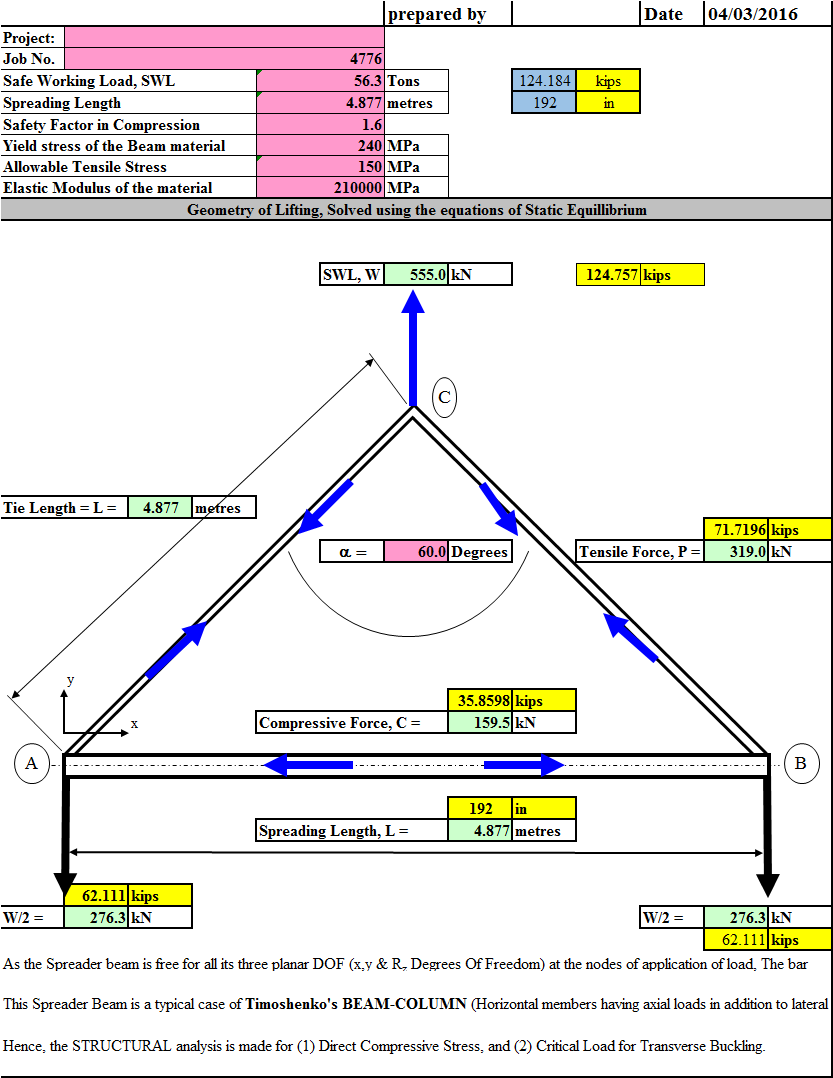

The cheek plates – not a necessary feature, these are round shaped plates which are welded to the main plate to reinforce the main plate around the hole. The size of the hole is determined by the size of the rope which has to pass through it.ģ. The pad-eye hole – this is the slot through which the wire/rope passes. The main plate – this is the asymmetric plate with an eye-hole through which the rope passes.Ģ. We can see that the pad-eye has three distinctive features:ġ. It looks like the one shown in picture below: In this section, we will present a typical design of an asymmetric pad-eye with single cheek plate on either side, used for lashing operation. However, if the sling angle with the base of the pad-eye is expected to be less than 60 deg, then an asymmetric pad-eye is recommended. Symmetrical pad-eyes may also be used for sling angles of upto 60 degrees with the horizontal/base of pad-eye. When there is only a vertical load expected on the pad-eye (e.g., lifting operations with lifting sling completely vertical), then the pad-eye is generally symmetrical in design. Pad-eye shapes can vary depending on use.

For example, to lift a 1 ton Cargo using single point lifting, the pad-eye size will be much smaller compared to the case with a 10 ton Cargo. An operation which imposes higher loads on the pad-eye will require a bigger sized pad-eye. Size variations for pad-eyes are quite obvious. The connection point on the cargo to which the other end of the rope/wire is connected, can also be another pad-eye. The most common connection points used are pad-eyes, as can be seen in the picture below: Also, the connection point should be welded to the deck. The question arises – which point on the deck do we tie it on? What should the connection point look like? Thinking in very basic terms, the connection point should have a slot through which the rope/wire can pass. The most common way we can fasten a cargo to deck is to tie it to deck using ropes or wires. On ships, the most common purpose of a pad-eye is to fasten a cargo to the deck of the ship. Let’s understand it with an illustration. The other end of the rope/wire can be fastened to another pad-eye located elsewhere, or it may be used for lifting.

The basic purpose of a pad-eye is to provide a point to which a rope or wire can be fastened, directly or through a shackle. When they are used for lifting purpose, they are also called as lifting lugs. Simple as they may seem, pad-eyes vary a lot in their geometry depending on the purpose they are being used for. They are used for a variety of purposes too: from a simple seafastening of a cargo to deck of a vessel, to complicated lifting operations involving multiple lifting points. Pad-eyes are one of the smallest and most universally used structural items in the maritime and Oil & Gas industry.


 0 kommentar(er)
0 kommentar(er)
